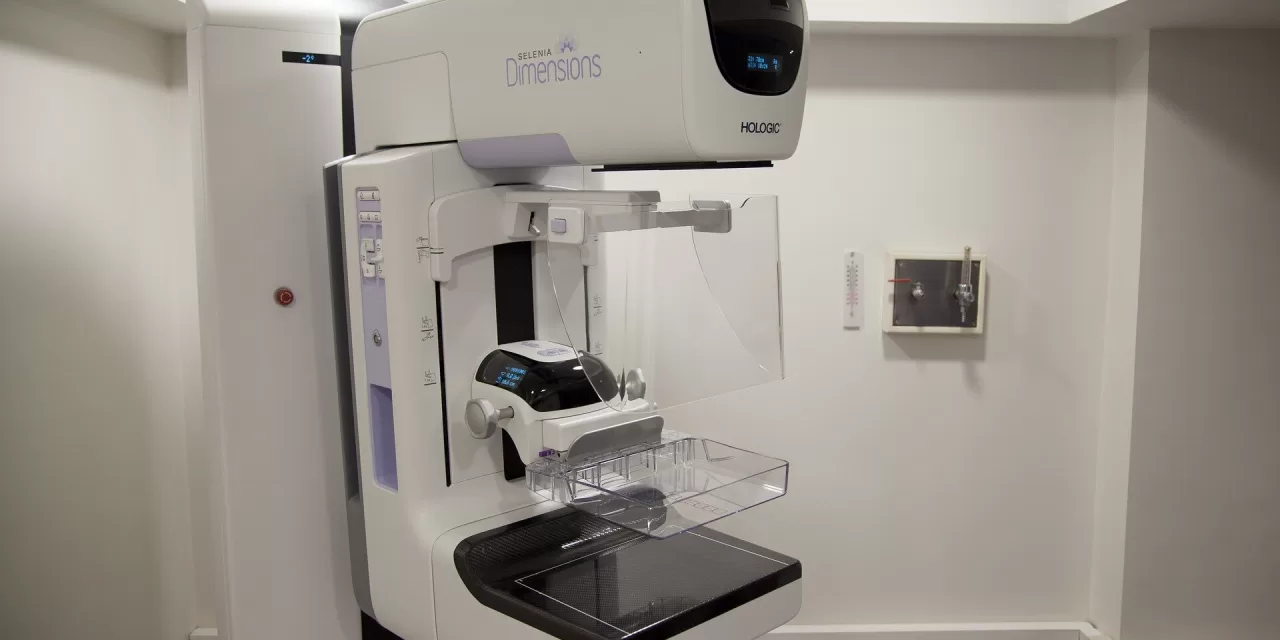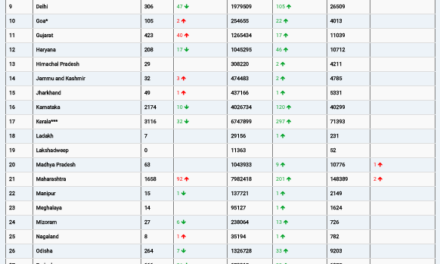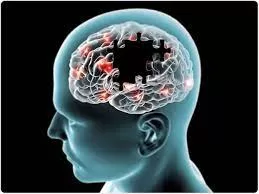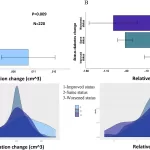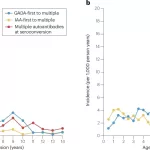As mammograms have long served as a critical tool in breast cancer detection, a new trend is emerging that could make these screenings doubly valuable. In addition to evaluating mammograms for cancerous changes, some imaging centers now offer an option to assess heart disease risk, identifying breast arterial calcifications (BAC) that may indicate cardiovascular risk. This pioneering approach highlights a new intersection of technology and preventive health care.
A patient visiting Washington Radiology, a practice with numerous locations across Washington, D.C., Maryland, and Virginia, recently encountered this dual screening opportunity. For an additional fee of $119, the clinic offered to use artificial intelligence (AI) to scan her mammogram for signs of arterial calcification—an early indicator of potential cardiovascular issues. Washington Radiology, along with other practices nationwide, now provides this analysis option, reflecting a growing interest in cardiovascular risk prediction within women’s routine health screenings.
A Surprising Potential Indicator of Heart Health
Typically, mammograms are used to detect breast cancer by highlighting irregularities in breast tissue. However, the images may also capture parallel white lines, known as breast arterial calcifications. While these calcifications have been visible on mammograms for decades, they were traditionally considered incidental and unrelated to cancer risk, often omitted from reports sent to patients. However, recent studies suggest these calcifications could correlate with an increased risk of cardiovascular disease—a condition that claims over 300,000 women’s lives annually in the United States.
Dr. Islamiat Ego-Osuala, a breast imaging radiologist at Washington Radiology, described this broader scope of mammography as “limitless” in its potential. However, the enthusiasm is tempered by a degree of skepticism within the medical community.
The Debate: Screening Utility and Clinical Value
Despite the promise, some radiology experts question the real-world impact of BAC detection on patient outcomes. Dr. Greg Sorensen, Chief Science Officer at RadNet, a network of 400 imaging centers, argues that the clinical value of this screening remains uncertain. Unlike calcifications in coronary arteries—established markers of heart disease risk—BAC’s correlation with cardiovascular events is less definitive. While a study of postmenopausal women linked BAC to a 23% increase in overall heart disease risk and a 51% increase in heart attack or stroke risk, most cardiovascular incidents still occurred in women without BAC.
Dr. Sadiya Khan, a preventive cardiologist at Northwestern Medicine, cautions against over-interpreting BAC findings, stressing the need for more comprehensive studies. “This is an exciting area,” she notes, “but we need to move cautiously.”
An Opportunity for Heart Health Dialogue
Despite uncertainties, many health experts support integrating cardiovascular risk discussions into women’s routine health checkups. Laura Heacock, a breast imaging specialist at NYU Langone Health, points out that awareness of BAC findings could encourage more women to engage with their primary care doctors or cardiologists about heart health. In fact, one study found that 57% of women who were informed of BAC during mammography had subsequent discussions about heart health with a healthcare provider.
At the Lynn Women’s Health and Wellness Institute in Boca Raton, Florida, BAC screening has been a standard, cost-free component of mammograms since 2020. Dr. Heather Johnson, a preventive cardiologist at the institute, notes that while further studies are needed, the screening fosters “a communication pathway” to address cardiovascular risks that women may otherwise overlook.
A Growing Interest in Comprehensive Health Screenings
As awareness grows around cardiovascular disease as the leading cause of death among American women, BAC screening could help improve early intervention and preventive care. Tools like BAC detection may serve as another layer in heart health assessment, alongside established risk calculators and physician consultations for managing high blood pressure, diabetes, high cholesterol, smoking, and other risk factors.
For now, BAC screening remains an elective service offered at some imaging centers, occasionally with an added fee. As researchers delve deeper into the connection between breast artery calcifications and cardiovascular health, it may become clearer whether this screening can help to prevent heart disease in a significant number of women.
Whether BAC detection evolves into a mainstream tool or remains a niche screening option, it underscores the role of innovative, technology-driven healthcare in reshaping preventive medicine.

